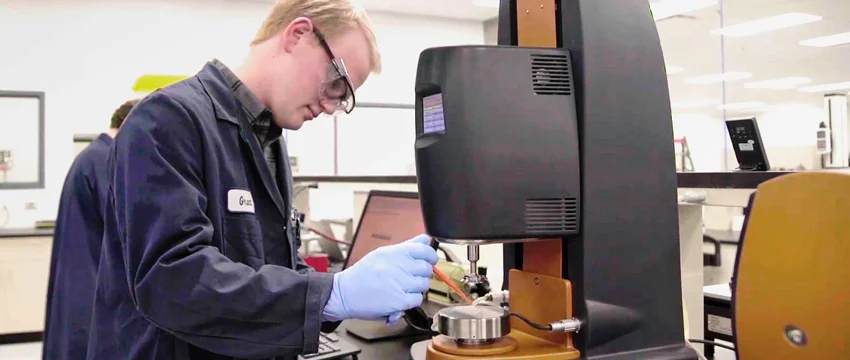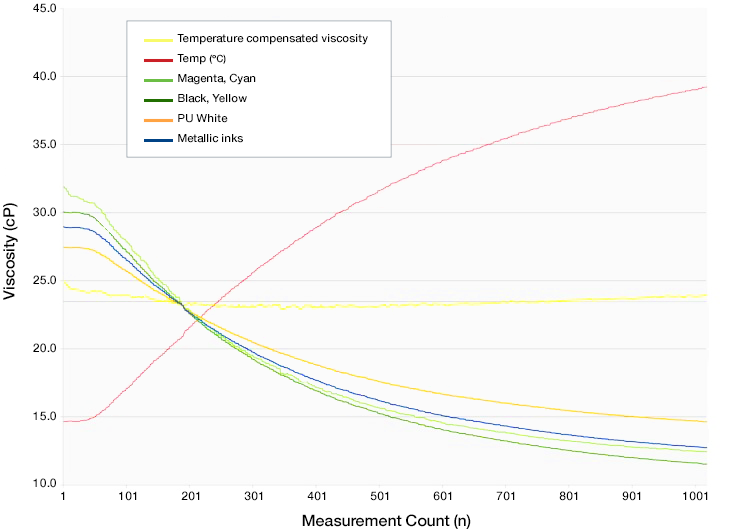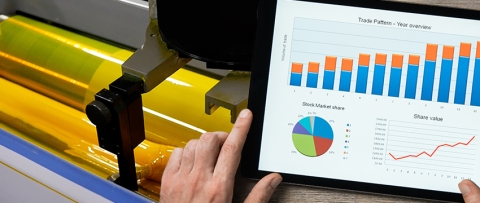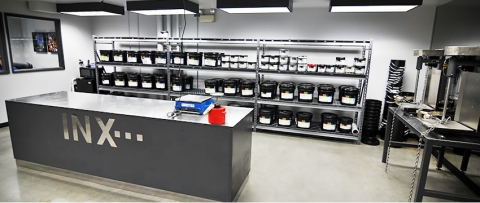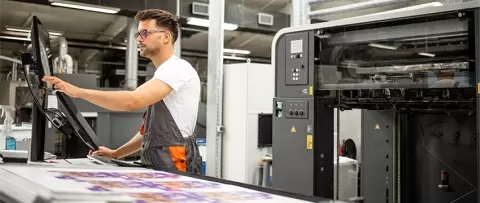The Impact of Ink Viscosity on Print Quality
The quality of your printed product depends on several factors. From the type of paper and inks to the printer itself, ink viscosity is an often-overlooked measurement that can have a major impact on print quality. Let’s explore why understanding and measuring ink viscosity is so important for print service providers.
What Is Ink Viscosity?
Ink viscosity is a measure of how thick or thin an ink is. It’s measured by determining how fast or slow it flows when pressure is applied to it. Inks with higher viscosity are thicker and take longer to flow, while inks with lower viscosity are thinner and flow more quickly. Understanding the viscosity of your inks can help you adjust your printing settings for optimal results.
The viscosity of inks depends on the components of the ink, including resins, pigments, and binding agents. It affects not only the flow of the ink but also the strength of the printed color and other print quality attributes including ink lay, dot gain, and trapping. Additionally, performance properties such as coating weight, drying speed, and solvent retention are all effected by ink viscosity. If it is not controlled continuously and closely, uniform ink coverage and accurate color match cannot be achieved.
The Effect of temperature on Viscosity
Minimal changes in temperature can have a great impact on ink viscosity, and therefore print quality. A temperature increase can reduce the viscosity of printing ink significantly. It is essential to maintain a stable temperature when printing.
The effect of ink viscosity on quality
When considering the relationship between viscosity and printing quality when it comes to printing, there needs to be a careful balance between ink viscosity and surface tension – if either one of these measurements is too low, then the other will also be affected negatively. If the ink viscosity is too high, then it won’t be able to flow properly through the nozzles on the printer head; this will result in poor coverage and smudging. On the other hand, if the surface tension of the ink is too low, then it won’t be able to adhere properly to surfaces; this could lead to poor adhesion and smearing as well as reduced longevity of printed materials. To ensure optimal results, it’s important that both measurements are carefully balanced according to your specific needs.

Viscosity Measurement
It’s crucial that you measure the viscosity of your inks regularly so that you can adjust your printing settings accordingly for optimal results every time. There are several different types of tools available for measuring ink viscosity, you should determine which type best suits your needs before making any purchases – most instruments come with instructions for accurate measurements but make sure to read up on them beforehand, so you know what you’re getting into. High-viscosity materials, such as lithographic inks, are typically measured by measuring the time it takes a falling rod to pass through the ink. Low-viscosity materials, such as flexographic inks, are measured by comparing the time it takes a given amount of ink to empty from an efflux cup.
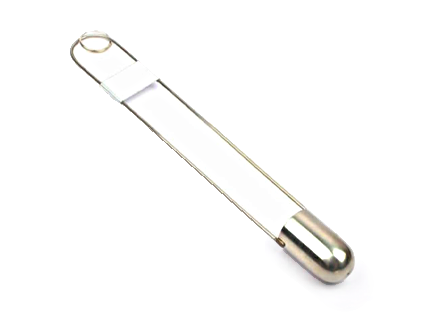
Zahn #2 Viscosity Efflux Cup for Liquid Ink
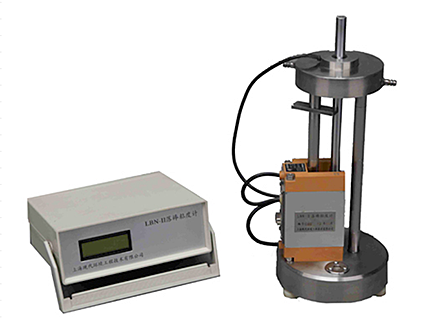
Larey Falling Rod Viscometer for Lithographic inks
Conclusion
Measuring ink viscosity should be part of every print service provider's process - whether they are creating posters or packaging labels - because ensuring that their inks have an ideal ratio between surface tension and thickness while maintaining performance properties will produce better results every time they hit “print." There are many different tools available for measuring ink viscosity along with training programs critical to gaining success – make sure you do research beforehand so you can pick out tools that meet all your specific requirements!




